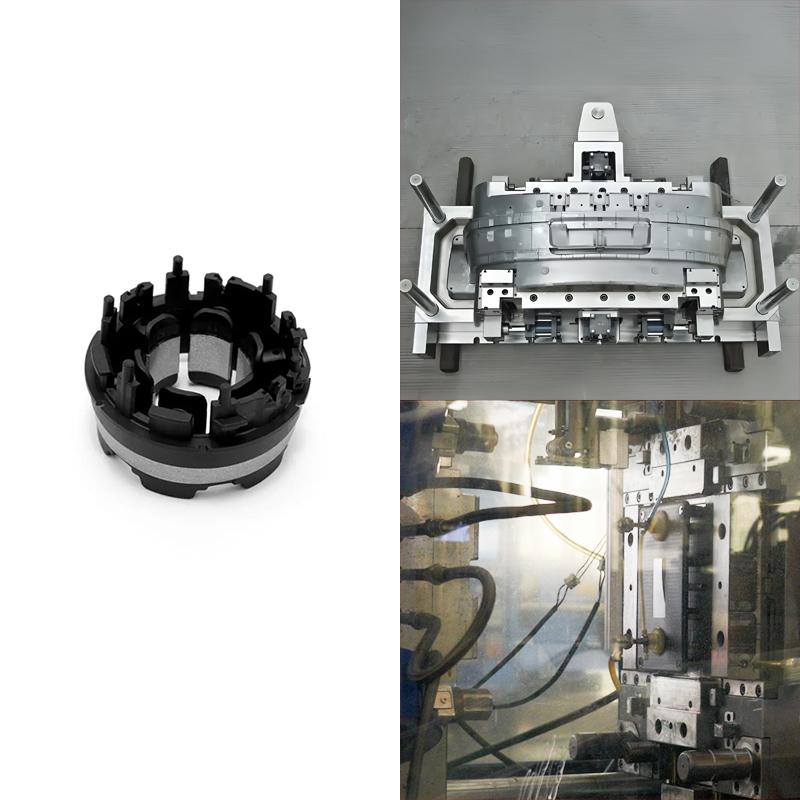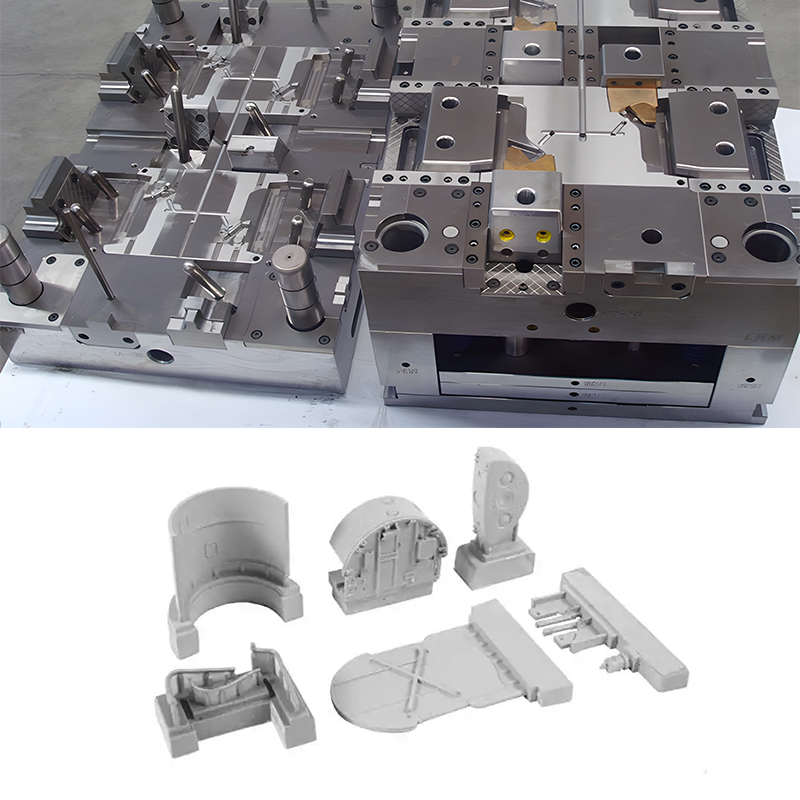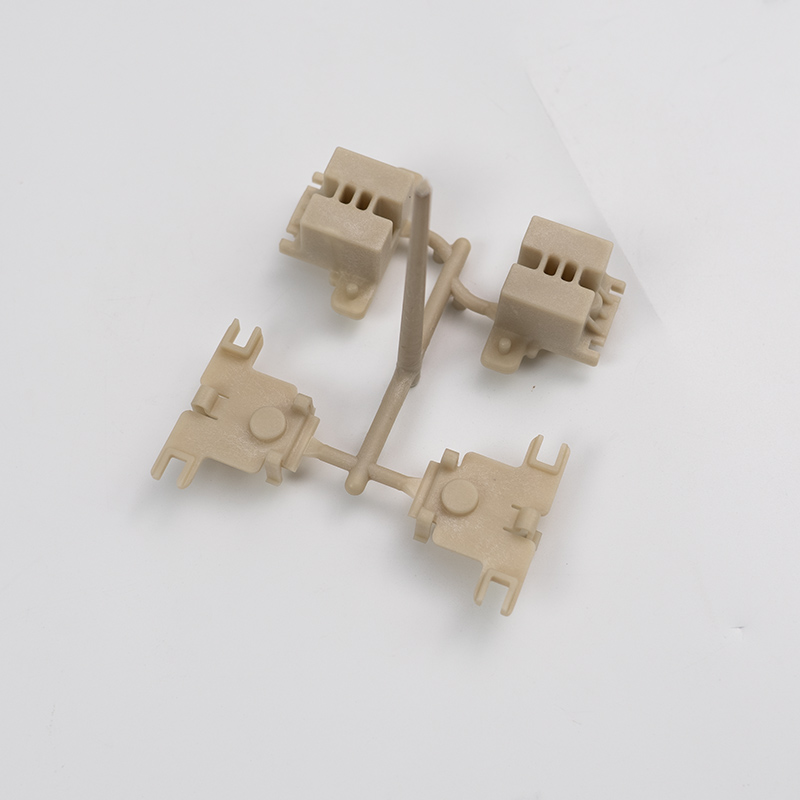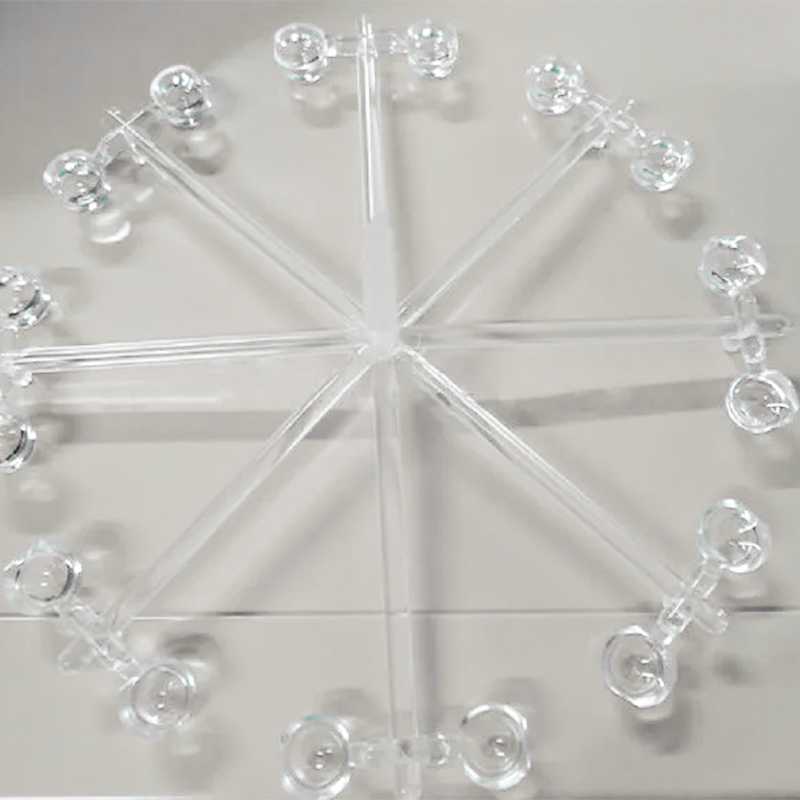The classification of various types of flanges can be categorized according to their application and the material used in the manufacture of the flanges. Flanges form forged rings that are available in different shapes and sizes, essential components of many industrial applications. Flanges are often threaded or welded. Their main use is to connect pipes, pumps, valves, and other equipment to make a pipe work.
To join to flanges together involves bolting them using gaskets to create a seal that allows easy access to the pipe system. This offers a reliable leak-proof intersection in applications where fluids or gases are transferred at high pressures or temperatures. Selecting the ideal one for you may initially seem overwhelming due to a great deal of options and features. For this reason, this article will delve into the specifics of different types of flanges to provide variable insights for anyone involved in piping and fluid handling systems. We will explore their unique designs, uses, benefits, and factors to take into account when choosing the right flange for various industrial applications.

Key Components of Flanges
Flanges are fabricated per ASTM oraz ASME Standards. They are the second most common joining technique after welding. Installing flanges is through welding, screwing, or lapping.
Flange Face
It refers to the area of contact with the gasket used for sealing. Typically, a gasket sits between the two opposing flange faces. Examples of flange faces are:
- Flat Face (FF): The entire surface is flat, similar to a raised face (RF) flange but without the raised area. This means the entire surface contacts the gasket when two flanges mate.
- Raised Face (RF): It’s the most widely used type of flange face. This is referred to as “Raised” because the elevated surface of this flange is above the bolting circle where the gasket sits.
- Ring-Type Joint (RTJ): This type has a metal ring with a deep groove cut into its surface. In the process of tightening the bolts, the metal ring in the groove compresses.
- Tongue and Groove: The tongue flange has a raised ring while the groove flange has a corresponding depression machined onto the faces.
- Lap joints: This type are two-piece pipe flange connections that are easy to assemble and disassemble. Lap joint flanges are important since they can allow minor misalignments.
- Male and female (M/F): In this type, the male flange has a raised ring while the female has a matching depression.
Flange Surfaces
It is the condition of the flange face sealing surface. The surface is serrated or smooth.
Flange Hub
The flange hub is the section that accommodates the pipe that connects to the flange.
Flange blade
This includes the region where the bolts pass through both the flange and its face.
Bore
A bore is the central hole in the flange where the pipe passes through.
Neck (for Weld Neck Flanges)
It’s the end that connects through the welding process to the connecting pipe or fitting. Usually tapered to allow for stress distribution and reinforcement.
Outer Diameter (OD)
Outer diameter is the distance between two opposite edges of the flange face.

Detailed Overview Of Various Types Of Flange
Some of the most common and popular types of flanges are:
1. Blind Flange
A blind flange is a flat plate having no bore and closes the end of piping systems, valves, and pressure vessel openings. They are particularly bigger since they are under a lot of stress. People use this type to cap off pipes and valves that are not in use. It is also commonly applicable that maintenance or future expansion may be required.

2. Weld neck Flange
This flange is easy to recognize since it has a long tapered hub and a neck that is welded to the pipe. The benefit of the neck is to give reinforcements and allow pipe alignment during installation. The flanges match the inside diameter of the pipe fitting through boring to facilitate the smooth flow of the product. Compatible in high-pressure applications or in pipelines that carry corrosive fluids.

3. Slip On the flange
The slip-on flange is a flat plate with a bore that slips over the end of a pipe. It’s welded inside and outside to secure the connection. Slip-on flanges are frequently utilized in pipelines that transport non-corrosive fluids or in low-pressure applications.

4. Socket Weld Flange
A socket weld flange connects to the pipe with a socket weld. This connection creates a strong joint and makes alignment easier during installation. However, they are not ideal for critical services. They are often used as an alternative to weld neck flanges when space is limited. Socket weld flanges are useful in pipelines that carry corrosive fluids or in high-pressure applications like hydraulic pipes.

5. Threaded Flanges
Threaded flanges are similar in design to slip-on flanges but have tapered threads. The threads are on the inside of the bore and the outside diameter, allowing them to connect to pipes without welding. They are ideal for low-pressure and low-temperature applications and are suitable for pipelines carrying non-corrosive substances.

6. Lap Joint Flange
This flange connects to a pipe through a stub end. It has similar dimensions to other flanges but does not have a raised face. The stub end is first welded onto the pipe, then the lap joint flange is bolted to the stub end. Lap joint flanges are useful in situations where frequent disassembly is needed. They offer some unique benefits:
- Since cheap carbon steel flanges are not in contact with the fluid inside the pipe, they can link with expensive stainless steel pipes.
- The ability to freely rotate around the pipe makes it easier for the flange bolt holes to line up.
- The flanges in systems that erode or corrode rapidly are recycled again.

7. Orifice Flanges
Orifice flange has a thin plate with the center bore which determines the desired flow rate. The limitation of flow is a result of the inserted orifice plate. It creates a differential pressure, which gauges the flow rate of liquids, steam, or gases.

8. Long Welding Neck Flange
This flange has an extended neck that allows for a strong and secure welding connection to the pipe system. It is used in various piping and industrial applications. Long welding neck flanges are often found in the gas, oil, and petroleum industries because they can withstand high pressure and connect large networks of pipes.

9. Special types of Flanges
Nipoflange
The product of the combination of a welding neck flange with a forged Nipolet.Used to divide pipelines at 90 degrees.
Weldo flange
Weldo Flange
The sole purpose of a Weldo flange is to provide a branch connection from the main pipe in the piping industry. It allows for direct welding onto the main pipe while providing an outlet for branch connections. This type of flange is applicable in areas where integrity and reliability are crucial.

Elbo flange:
An Elbo flange combines the functionality of an elbow and a flange. This design streamlines the connection of pipes at an angle.

Swivel flange
A swivel flange is a unique weld neck flange where the inner ring can rotate 360 degrees on the outer ring for aligning the standard flange and bolt holes. This feature makes it ideal for pipelines, subsea, and offshore applications, allowing divers to adjust bolt holes more quickly and conveniently.

Reducing flange
Also known as reducer flanges, they are used to reduce the bore of a pipeline to the required size.

Expanding flange
Expanding flanges have the opposite function of reducing flanges; they are used to increase the bore of the pipeline. They connect pipes to mechanical devices like compressors, valves, and pumps, which have different inlet sizes.
| Flange Type | NPS (inch) | ASME Class | Faces | Joint Integrity | Weld | ASME Standards |
| Welding Neck Flange | Wszystkie | Wszystkie | Wszystkie | Wysoki | One butt weld. | B16.5, B31.3 |
| Slip-on Flange | Many | Generally, ≤ 600 | FF, RF | Średni | One or two fillet welds. | B16.5, B31.3 |
| Socket Weld Flange | Generally, ≤ ½ to 2. Max ≤ 4 | ≤ 600 | FF, RF | Średni | One fillet weld. | B16.5, B31.3 |
| Lap Joint Ring Flange | Not used for small sizes. | NA | FF | NA | Brak | B16.5, B31.3 |
| Stub End of Lap Joint Flange | 150 to 2500 | FF, RF, RTJ | Wysoki | One butt weld. | B16.9, B31.3 | |
| Threaded Flange | Generally, ≤ ½ to 2. Max ≤ 4 | ≤ 300 | FF, RF | Niski | Brak | B1.20.1, B31.3 |
| Blind Flange | Wszystkie | Wszystkie | Wszystkie | NA | Brak | B16.5, B31.3 |
Flange Type Summary Table
Fundamental Materials For Flanges Production
Carbon steel
It is the most commonly used type of steel for many flanges. Due to its great mechanical properties like high strength and hardness.
Alloy steel
Alloy steel is steel mixed with elements like chromium, nickel, or molybdenum to change or improve its properties. It is used for flanges that are subjected to high-pressure and high-temperature conditions.
Stal nierdzewna
Stainless steel is an alloy of steel and chromium. The chromium in the steel gives it better corrosion resistance than carbon steel. It is most suitable for flanges that are exposed to high humidity.
Cast irons
Cast iron is an alloy of carbon, silicon, and several other alloys. A layer of black graphite grows on the iron’s exterior as a result of silicon forcing carbon out of the metal. As a result, cast irons have good cast ability, fluidity, and machinability,
Aluminium
Aluminum is a medium-strength metal that has a low density, ductility, and malleability. When compared to carbon steel and other common alloys, it exhibits superior corrosion resistance. It is suitable for flange construction that requires strength and low weight.
Mosiądz
An alloy of zinc and copper. However, it may sometimes have additional elements of lead or tin in it. It has excellent conductivity, high temperature, and cold ductility.
PVC
PVC is a plastic that is flexible, easy to put together, cheap, and long-lasting. It is widely used due to its resistance to biological and chemical corrosion. The addition of plasticizers into PVC makes it more soft and flexible.

Flanges also use raw materials like copper and titanium in its manufacturing. It all depends on technical characteristics and application conditions.
Factors to Consider When Selecting a Flange
Flange Type
Pipe flanges come in different types, each with unique features and applications, as discussed above. For example, slip-on flanges are easier to align and install, whereas weld neck flanges provide great strength.
Face Type
The face of a flange is the area where gaskets are placed and the flange is tightened to provide a seal. The strength of the seal is crucial for the flange face, which plays a vital role in both the service and performance of the flange. Currently, there are different types of flange faces, each with its own advantages.
Material For Flanges
The material of the flange impacts the performance and lifespan of the flange significantly. Some materials are preferably better than others depending on their properties and product utilization. For instance, carbon steel is suitable for general-purpose applications while stainless steel is in corrosive conditions.
Dimensions and Sizes
Flange size is a key aspect to consider when making a choice. The availability of different flange sizes ensures optimal fit and usability in the piping system. Accurate measurement of dimensions is essential for maintaining and updating the piping system.
Pressure and Temperature Rating
This rating is a critical indicator of the maximum pressure a flange can endure and operate safely. The selection of flanges with the appropriate pressure rating is necessary to ensure the integrity and safety of the pipe system under operating conditions. To determine the pressure rating of the flange, consider its material and manufacturing standards among other things.
Cost and Availability
High-quality and durable flanges may incur high costs since they offer long-term performance and reliability. On the contrary, they significantly reduce the risk of costly repairs and downtime. Additionally, to avoid delays in the projects the flanges chosen should be readily available and from reputable suppliers.
Manufacturing Methods
Different flange manufacturing techniques provide the flanges with distinct characteristics. Two main methods used are Casting and Forging. Forging provides more strength and durability, whereas casting produces flanges with a smoother machining process.
Installation and Maintenance Considerations
Proper installation and maintenance of the flanges ensures long-lasting, efficient, and secure connections.
Applications and uses of flanges
Manufacturing industries: For instance, the presence of flanges in injection molding machines, plays a vital role in the mold-making process. They provide secure connections at the joints of, equipment like hydraulic and pneumatic systems and mold attachment. Proper connections allow for control and facilitate precise alignments among other factors.
Power Generation: In power generation facilities like hydroelectric and power plants, flanges serve critical purposes. They guarantee strong and secure connections at the joints of pumps, turbines, and other available machinery.
Water and Wastewater Treatment: Flanges are extensively used in sewer systems and water treatment plants. They establish connections between, pumps, pipelines, and other equipment.
Wnioski
In general, flanges are widely used in various places, and in all these sectors, they are considered to be a critical component of the system. In conclusion, understanding different types of flanges and their applications is essential for making informed selections leading to more efficient industrial applications.



























